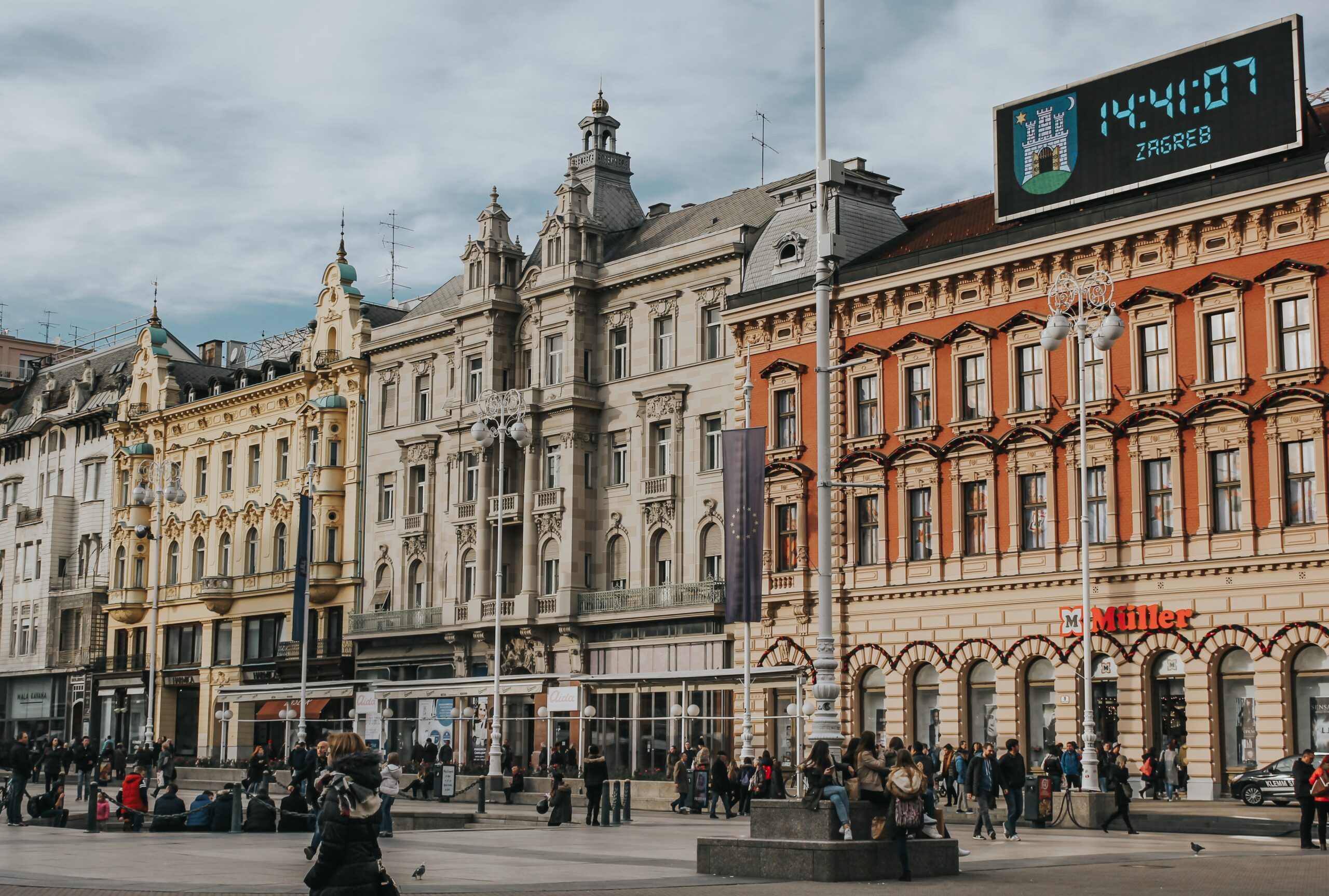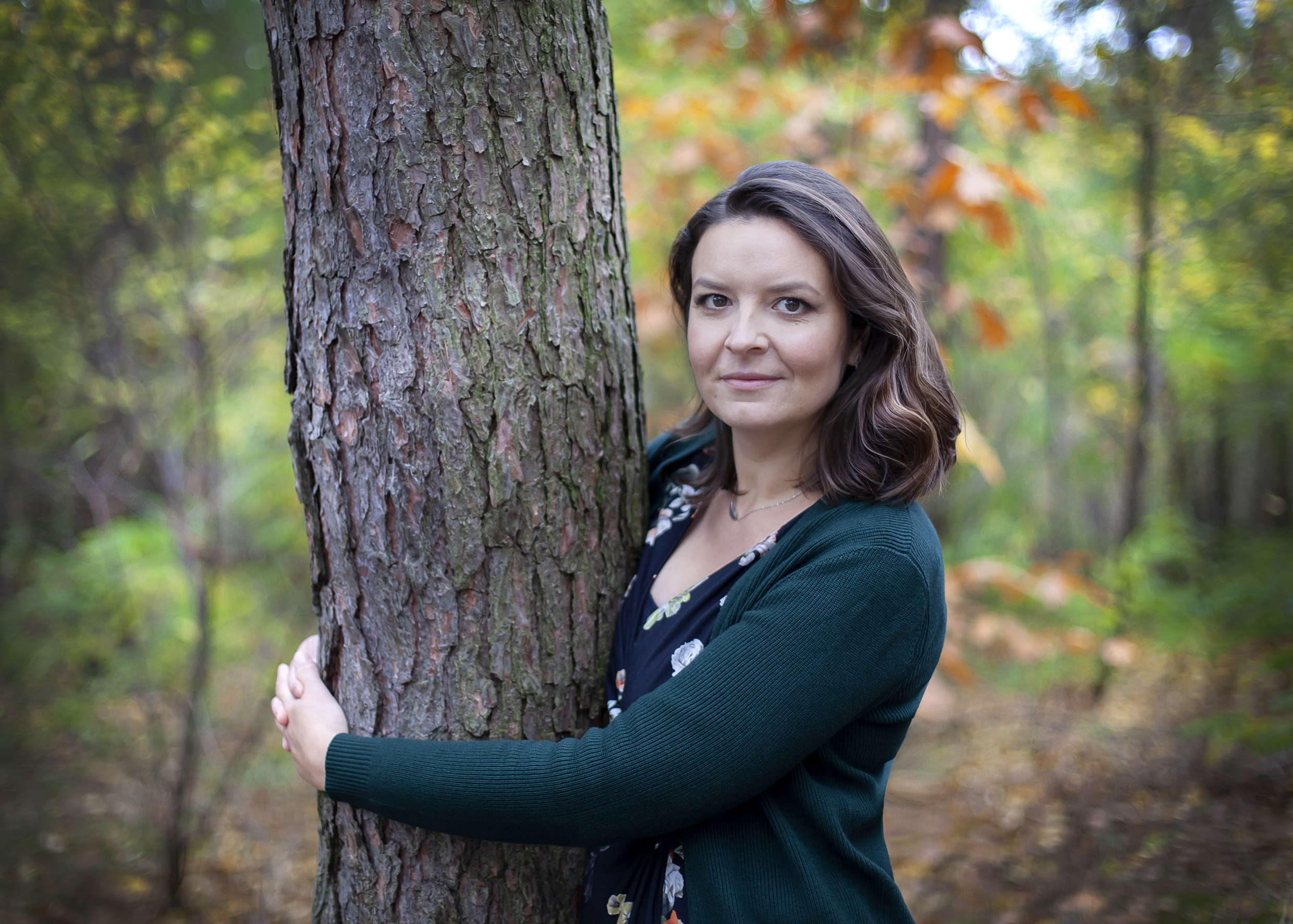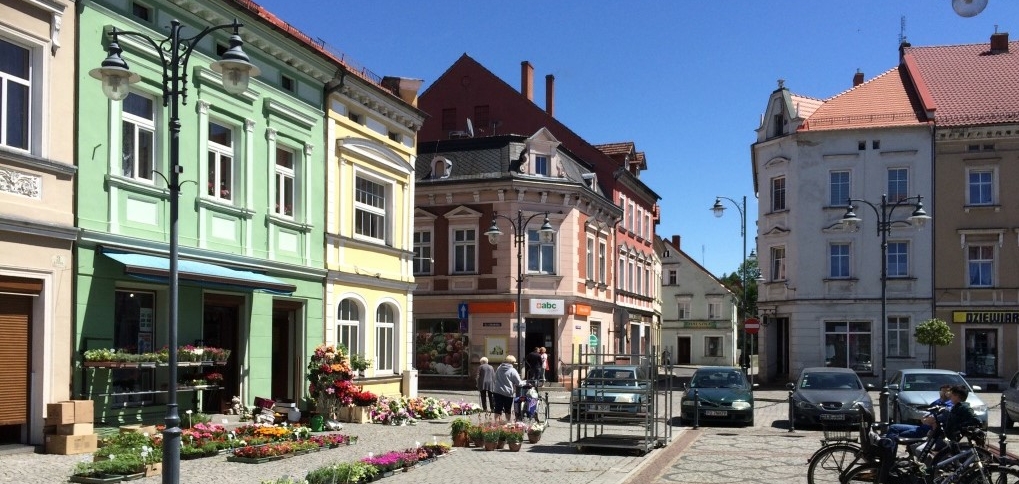EUKI Interview: Mitigating Greenhouse Gas Emissions in Heritage Buildings
by Original: Anselm Bareis und Nikolas Kockelmann, GIZ/EUKI
Historic buildings characterise many cities in Europe. On the one hand, they provide a romantic atmosphere, but on the other hand they are often insufficiently renovated and insulated. This poses a problem for the long-term preservation of historic buildings and for the climate. Ewelina Pękała from the Sendzimir Foundation and her EUKI-Project “Heritage Buildings” aim to minimise the climate impact of listed buildings in Poland and Croatia.

Ewelina, your project is the first of our 128 EUKI climate projects that is tackling greenhouse gas emissions in heritage buildings. Why is this important?
In Poland there are over 77000 listed buildings whose renovation needs to be consulted with the conservation authorities. The list is by no means exhaustive. If we take into consideration the rest of historic constructions, 50-60 years old, we end up with a significant number of buildings.

Many of them haven’t undergone renovation for a long time so the heating system is outdated, internal insulation of roof or basement is insufficient, the windows are draughty, there is a problem with humidity, etc. It is important to raise awareness that there are many improvements that could be implemented in heritage buildings and will significantly reduce its greenhouse gas emissions and create a better place to live. Besides, these improvements do not have to disrupt the historic value of heritage buildings. This project is important for many stakeholders who deal with energy retrofit of the historic building with little institutional support and limited access to knowledge and good practice examples.
“It is important to raise awareness that there are many improvements that could be implemented in heritage buildings and will significantly reduce its greenhouse gas emissions and create a better place to live.”
Ewelina Pękała, Sendzimir Foundation
Thanks for the insight. How is the project going so far?
We are very satisfied with the stakeholders’ interviews conducted in Poland and Croatia. Our interviewees – ministries representatives, public investors, conservators, architects – helped us understand the comprehensiveness of energy retrofit from different points of view. There are serious barriers to overcome like the lack of regulations regarding renewable energy or wide-scale use of natural building materials. However, through project activities ahead of us we are determined to highlight the accessibility of many solutions that can be introduced in heritage buildings. We’ve heard about several successful renovation projects going on in our countries leading to higher energy efficiency, where natural materials with the lowest carbon footprint were used, the renewable energy sources installed, rainwater and grey water management introduced. Some interventions have potential for climate change mitigation, others for adaptation. Like a return of climbing plants which for some time were considered harmful to the facade.
What sets the energy efficient renovation of heritage buildings apart from other building renovations?
Heritage buildings do not have to meet the energy efficiency standards obligatory for the new constructions. When the conservatory doctrine urges us to preserve as much as possible untouched, higher levels of energy efficiency might be difficult to achieve. There are certain constraints in selection of technologies and materials acceptable in the heritage buildings. For instance, facade cannot be insulated because application of a new material could reduce its value. Windows are problematic. New wooden windows are costly, renovation is not the cheapest option either. But on the other hand, isn’t it more sustainable to renovate a wooden window instead of replacing it with a plastic one? It’s true that an individual approach to each heritage building makes it more difficult to set the standardized rules or universal guidelines.

Your project is supporting the transition towards more energy- efficient, low-carbon and sustainable areas in Poland and Croatia. Do you face the same challenges in the two countries?
In general, yes. Financing costly renovations is one of the biggest challenges in our countries. Renovating an old building, especially a listed one, is at least twice more expensive than building a new one. For private owners it’s often an overwhelming project so they tend to abandon the buildings that are too expensive to maintain due to high heating costs for example. It leads to a faster deterioration and loss of existing buildings. If we look at the environmental impact, keeping an existing building is always a better alternative than erecting a new one from scratch. In both countries, general guidance for historical buildings renovation is missing due to the individual approach to each building. It’s sometimes frustrating for investors because what is allowed in one part of the country might be forbidden in another. The situation in Croatia has changed after the two earthquakes that happened in 2020, damaging many historical buildings. The need to collect funds for renovation has never been greater.
“However, it is crucial to discuss possible solutions with conservators to engage them in the dialogue about the values related to climate mitigation.”
Ewelina Pękała, Sendzimir Foundation
Thinking from B to A: in brief, what would concretely need to happen in Poland and Croatia, if we want to reduce greenhouse gas emissions in heritage buildings as fast as possible?
Popularizing good practice examples is a must. For example, explaining why it’s better to avoid using polystyrene, popular, cheap and easy to use insulation material that has a high carbon footprint. Instead promoting the use of natural, local materials and paying attention to green surroundings of heritage buildings is important. Sharing knowledge about available and economically effective solutions with stakeholders involved in the renovation process is another way to act. However, it is crucial to discuss possible solutions with conservators to engage them in the dialogue about the values related to climate mitigation. All these activities are the Sendzimir Foundation and the Croatia Green Building Council areas of expertise and we are determined to enable these to happen. What is crucial is to increase the funding opportunities as well as other incentives for owners and investors. Fortunately, that is happening due to the new financing instruments like European Green Deal or Recovery and Resilience Facility.
I imagine that many people like historic buildings and old town centres, but few feel responsible for their costly and complex renovation. True?
Certainly true. When we visit cities as tourists, we are interested in seeing the authentic architecture. This is one of the main reasons why we actually like to be in a place. But the perspective often changes when you live in these buildings or share their maintenance costs. Since buildings are one of the main sources of air pollution in cities, the EU has emphasized in its agenda the necessity to accelerate their renovation rate. Perhaps for the first time in history future generations will not only hold us accountable for our ability to preserve historic buildings, they will also make us responsible for the state of the environment we leave behind. And to our surprise the architectural values might be of second importance for them.
Thank you very much for the interview, Ewelina!
